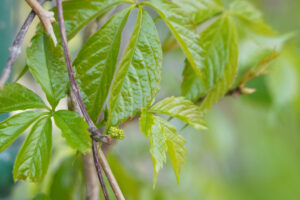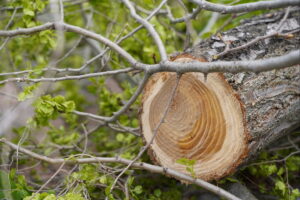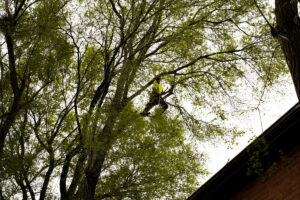When Is Tree Cutting Necessary?
Cutting down a mature tree isn\’t an easy decision because they don\’t grow overnight. Depending on their growth rate, they can take from 10 to 30 years to reach their full size. Cutting one down means losing its summer shade, fall colors, and perhaps an emotional connection to its simply being there for so many years. But if the tree poses a threat to your home or to the people near it, cutting it down may be your only option if other viable solutions don\’t exist. When should you consider tree cutting? Here are four signs to look for:
The Tree Is Leaning
A tree with a substantial lean is vulnerable to strong wind and ice storms, and probably should be removed. If a vertical tree develops a sudden lean, then its structural roots are damaged or weakened in some way. Heaving ground near the tree on the side opposite the lean is a sign of this. In this case, you should have it removed.
The Trunk Has Large Cavities
A tree can live with a hollowed out trunk or with large cavities because the living part that carries water and nutrients is just under its outer bark. However, it is structurally weak and is in danger of getting knocked down by a strong storm or a heavy loading of wet snow or ice. How much hollowness makes the tree dangerous? This depends on individual circumstances. If you want to be absolutely sure that removing the tree is your only option, consult an arborist.
There Is Rotting or Fungal Growth at the Tree\’s Base
Fungus eat by releasing enzymes that break down organic materials. Extensive fungal growth such as mushrooms growing at the base of your tree means that they are feeding off internal rot within. An arborist can determine the problem\’s extent and advise you on what to do.
The Tree Is in a Bad Location
A tree that overhangs your home can fall on it or drop large branches during adverse weather at any time of the year. Roof damage introduces water into your home and potential mold growth. Trees next to or underneath power lines can potentially damage the lines and cut off electricity. They can pose a serious safety hazard to anyone on or near the tree.
If you spot any of these problems, get the help of an experienced arborist who can determine whether removal is necessary. If you have any concerns, don\’t hesitate to contact us. You can follow along on Facebook and Instagram, or you can contact us here if you have any questions.





